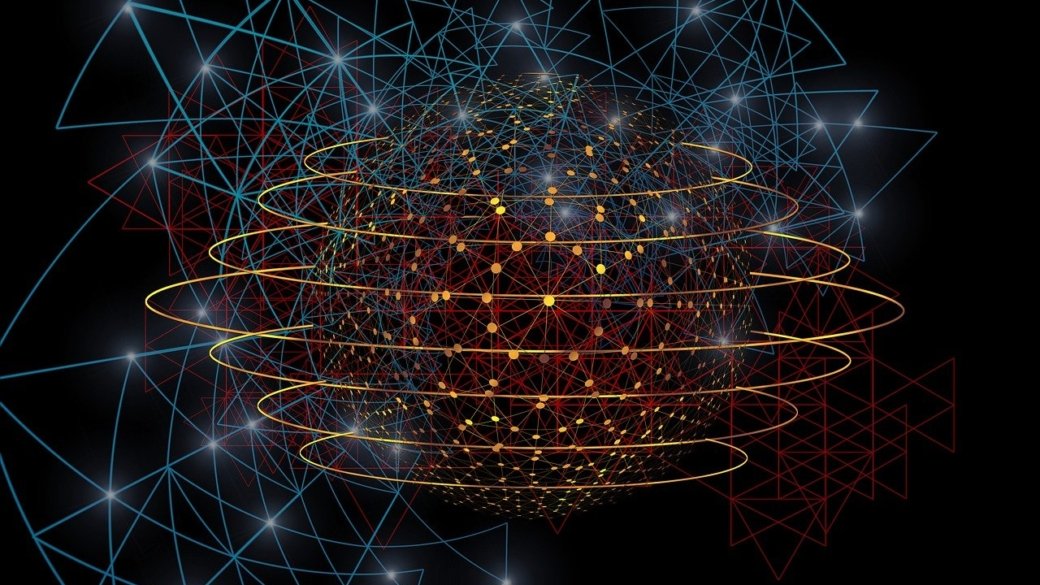You can see how Web1, Web2, and Web3 stack up against each other below:

The problems and limits of Web3
There are a lot of problems with Web3, but it also has a lot of great potential:
Size and scope
Take a look at a busy highway. In Web3, adding more people is like adding more cars to a freeway that is already full. Web3 will have trouble handling high traffic after a certain point, just like a freeway. More users may make Web3 deals more expensive and take longer.
Developers of Web3 have been working hard to fix this issue for a long time. For example, the Polkadot network can handle more than 1,000 transactions per second, which is a lot more than Bitcoin’s seven transactions per second and Ethereum’s thirty transactions per second. Still, it’s not even close to VisaNet’s working speed. VisaNet is a global network that can handle more than 65,000 transactions per second.
The speed at which
Web3 is like a brand-new restaurant that serves great food but doesn’t have many tables or staff. It’s not a well-known restaurant, but it has a lot of potential. Adoption has been slowed down by a lack of knowledge.
Just like a restaurant needs more customers to grow, Web3 needs more people to become more popular. A lot of people are still worried about Web3 because the rules aren’t clear and the sign-up process is hard to understand. The situation is getting better, which should speed up the acceptance of Web3.
Mechanisms for complex security
Web3 security can be hard for new users to grasp. If you use a decentralized exchange or any other app and forget your recovery password or private key, you could lose your valuables. In self-custody systems, there is no way to reset passwords or get back to your money.
It might be hard for people who aren’t used to this kind of setup. You need to know more about security and take responsibility for it. It will get even easier for you as Web3’s security tools get easier to use.
Worries about regulations
Authorities all over the world are worried that Web3 could be used for criminal activities like fraud and laundering money. Traditionally, rules have been made based on the needs of sole proprietorships and big companies with centralized power. Regulators have been trying hard to catch up since Web3 came out.
Usually, regulators’ goal has been to protect people without getting in the way of new ideas. To build trust in Web3 users, they’ve been trying to make rules more clear.
Web3’s possible future developments
As time goes on, Web3 is still changing, and the future looks very exciting. You can look forward to the following:
As blockchain networks become more connected, data and assets may be able to move quickly from one platform to another.
As AI is added, tasks will be done automatically, the user experience will improve, and DApps will gain new features.
Connection to assets and services in the real world: It will probably become more linked to assets and services in the real world. It could change how things are delivered, how identities are checked, and even how elections work.
New models for government: It’s possible that DAOs will change into even more open and complicated ways of running things.
It looks like Web3 will have a great future. It has the ability to change everything, not just the internet. As technology gets better, new apps will come out that will change the way we use the internet. We can do anything with Web3, and it will be fun to see how it changes our digital lives over the next few years.

